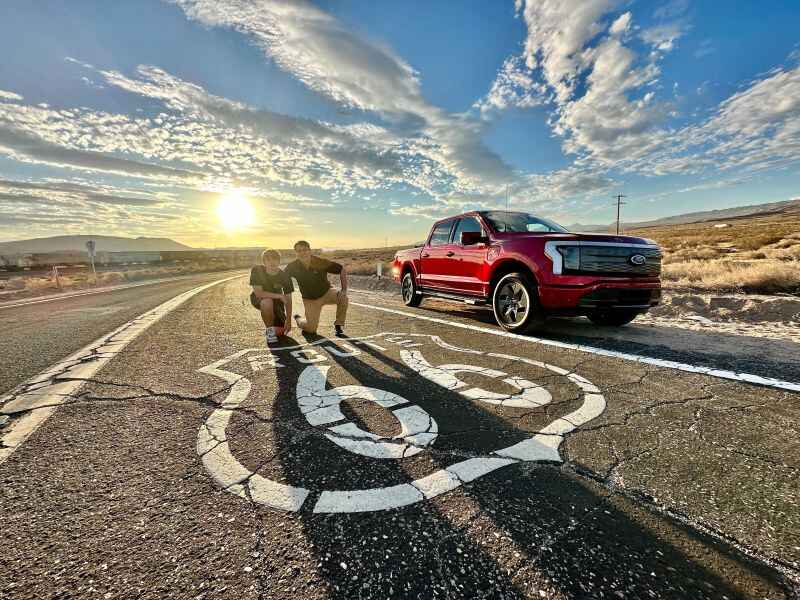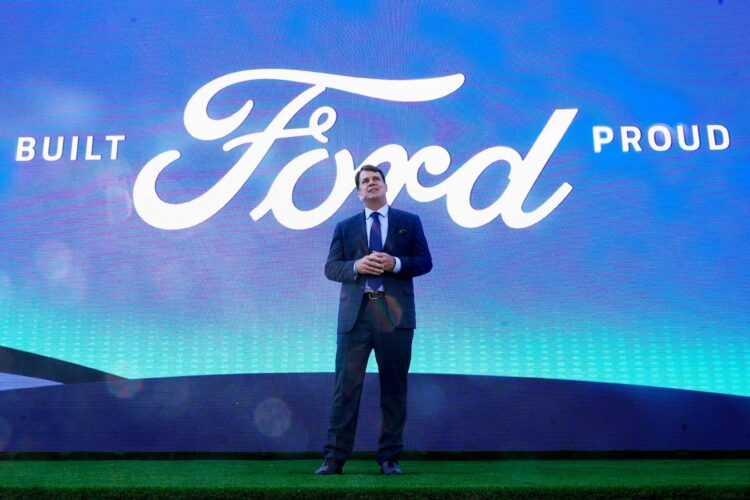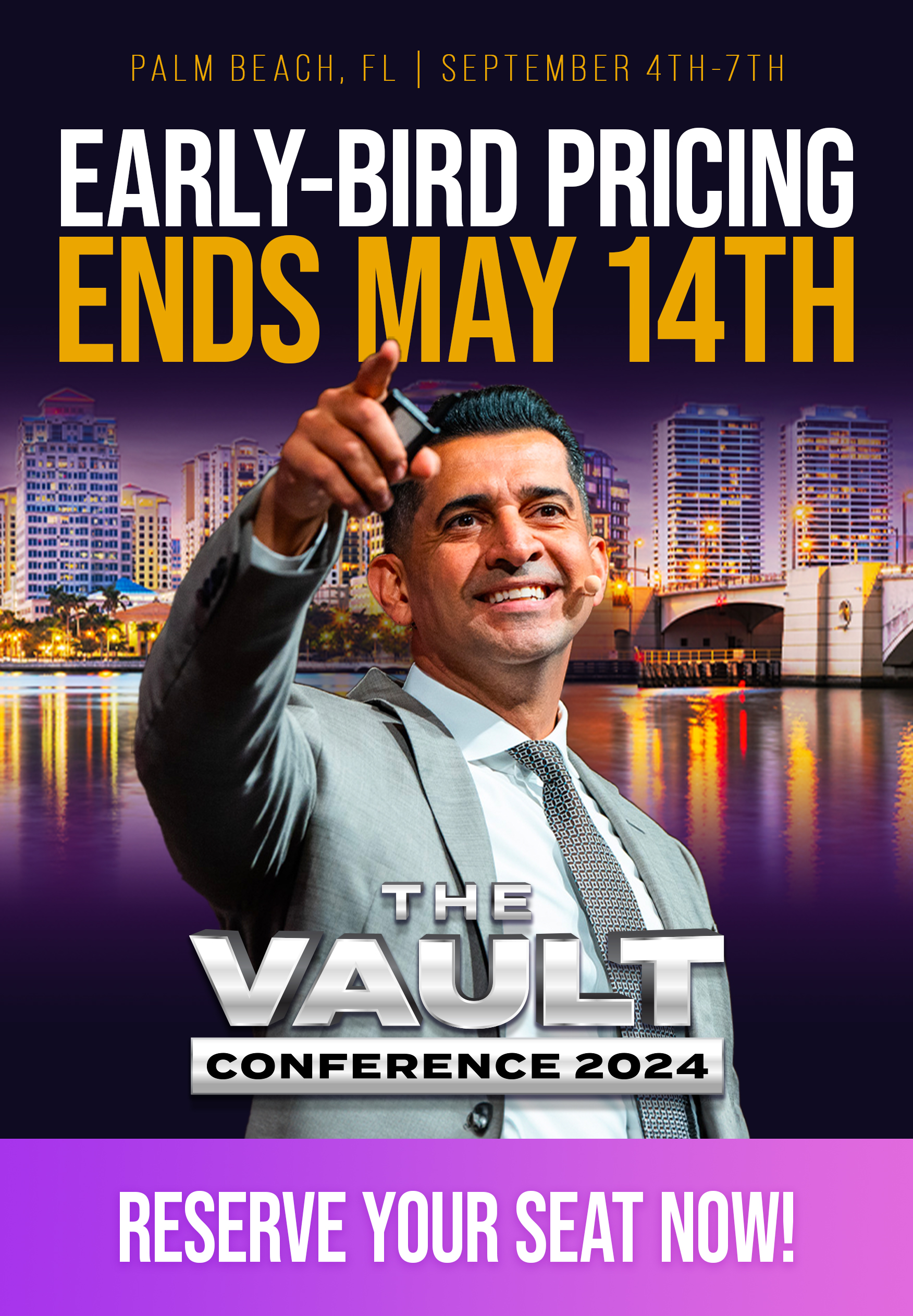Ford President and CEO Jim Farley started off this week by hitting the road for an extended test drive in the F-150 Lightning, the automotive company’s latest electric vehicle venture. During his three-day trip from Silicon Valley to Las Vegas along historic Route 66, Farley confronted some of the biggest problems facing the electric vehicle industry and gained insights into the customer experience in what he called a “reality check.”

“A few of us are setting off this week across the American West in an F-150 Lightning to go and see researchers, businesses, dealers, salespeople, EV conversion shops, EV drivers and communities. There are things you can’t learn in an office or from a PowerPoint,” Farley wrote. “We’ll start our journey in Silicon Valley, the cradle of the digital revolution, and drive south to LA and its vibrant car culture. We’ll roll along Route 66, the kitschy trail that once was the Mother Road that gave millions a path west. We’ll hang a left and head for Las Vegas, the glimmering desert oasis that could only happen in America.”
The F-150 Lighting was first unveiled by Ford in 2021 and entered full production in April 2022. The gas-free successor to the company’s iconic pickup truck promises to be not only a functional all-purpose vehicle but also a potential portable power source for off-the-grid stations. However, as has been the case with other EV brands, consumers have been slow to adopt Ford’s new all-electric offerings.
The primary challenges to a widespread switch to EVs are lengthy charging times and lack of basic infrastructure—both of which Farley encountered during his drive. The Ford CEO chronicled his trip on social media, directly addressing concerns as he learned what his company could do to meet the needs of the market.
Check out the keynote speakers and details for The Vault 2023 and secure your tickets!
“Charging has been pretty challenging,” said Farley in a video posted to X. “It was a really good reality check of the challenges of what our customers go through and the importance of fast charging and what we’re going to have to do to improve the charging experience.”
No surprise charging can be a challenge, but still learning a lot seeing firsthand the issues our customers face. This is why we’re working w/ @Tesla to provide @Ford drivers access to +12,000 superchargers & our EV certified dealers are installing fast chargers at their… pic.twitter.com/fES15o9orT
— Jim Farley (@jimfarley98) August 13, 2023
Farley said he had visited a charging depot in California that featured dozens of Tesla Superchargers, but at that location he had to use a low-speed charger that took nearly 40 minutes to charge the battery by 40%. In May, Ford finalized a partnership with fellow EV manufacturer Tesla to give customers access to Tesla’s 12,000+ North American Superchargers, which boast charging times of less than 20 minutes. However, these chargers are not widely available and non-Tesla vehicles are not natively compatible with Tesla’s plugs. As part of the new arrangement, Ford will begin providing EV customers with special Tesla adapters and installing Tesla charging ports in vehicles in 2025.
While the rollout of the Supercharger-compatible Fords is still in the works, Farley is hoping to find other workarounds that will promote America’s EV future.
“Long hauling in an electric truck is an act of pioneerism, not because it’s hard or dangerous, but because it’s a new way to experience America,” Farley wrote on LinkedIn ahead of his trip. “Shifting from fueling stations to charging stations requires new behaviors and opens new possibilities.”
Even amid the slowed progress of the EV market, Ford’s second-quarter earnings beat Wall Street expectations and sales for the F-150 Lightning have promisingly increased following a reduction in price.


















Add comment